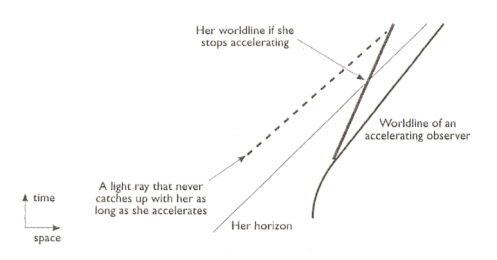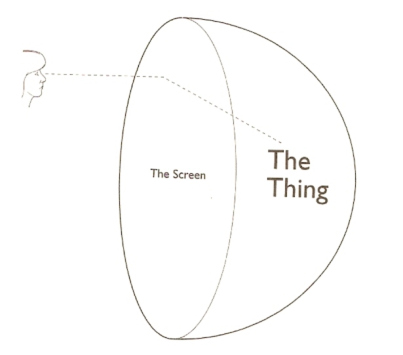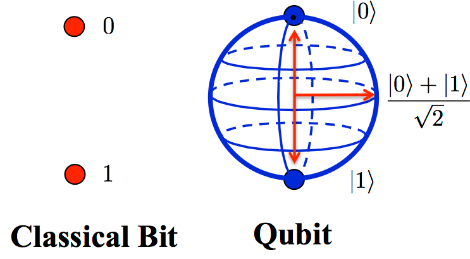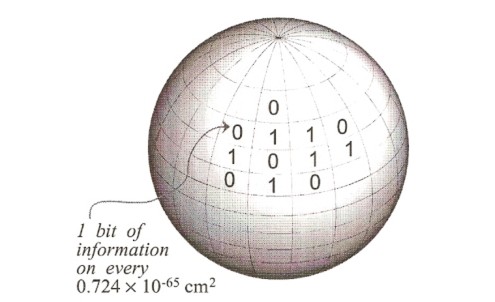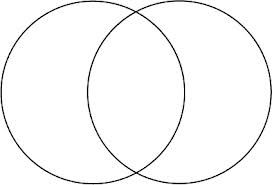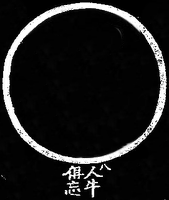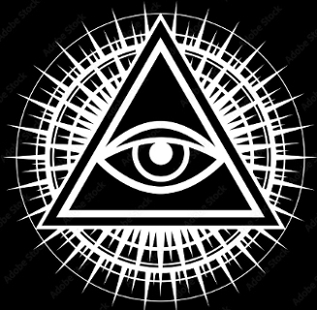What’s Wrong with Quantum Gravity
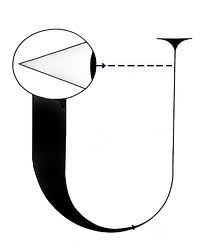
Watch this PBS Space Time video about the problem of quantum gravity:
What If Gravity is NOT Quantum?
The fallacy of this argument is that it falsely assumes that quantum implies quantum field theory, which is inherently a point particle description. Gravity is indeed quantum, but it is not a quantum field theory. It’s impossible to quantize Einstein’s field equations for the space-time metric as a QFT. It’s impossible to reduce the dynamical curvature of space-time geometry to a point particle that propagates through some space-time geometry, like flat Minkowski space. The correct answer for the quantum nature of gravity is the holographic principle. Gravity is quantized when qubits of information are encoded on a holographic screen along the lines of a Matrix model (see the work of Tom Banks). This is also the case in the AdS/CFT correspondence, where there is a natural conformal boundary of anti de Sitter space. In the more general case, the natural boundary of space is an event horizon that arises in an observer’s accelerated frame of reference, like a de Sitter cosmic horizon in de Sitter space. The observer’s cosmic horizon becomes its holographic screen when it encodes qubits of information along the lines of a Matrix model. Einstein’s field equations for gravity amount to nothing more than a thermodynamic equation of state that describes gravitational events in a holographic world when things are near thermal equilibrium (see the work of Ted Jacobson). The big question that no one wants to confront is: What is the nature of the observer (see Amanda Gefter’s book Trespassing on Einstein’s Lawn).
Accelerating Observer’s Event Horizon
The Observer’s Holographic Screen
Qubit of Information Encoded on a Planck-size Event Horizon
Holographic Principle
Information Sharing Among Overlapping Holographic Screens
Universal Observer
There Is No Reality in Reality
In a jesting sort of way, Jed McKenna says “there is no reality in reality”. What he means is that the reality that you perceive is not the reality of what you are. The reality you perceive is a virtual reality, like the images of a virtual reality world being displayed on a computer screen. The reality of what you are is the reality of the consciousness that perceives the images of that virtual reality world. Only the reality of what you are really exists. Consciousness exists. The images of that virtual reality world only have an apparent momentary existence, like the animated images of a cartoon character that appears in a movie that you perceive, as that movie is being displayed on a computer screen. Bugs Bunny doesn’t really exist except as part of the cartoon. Underlying the images of all the characters in the movie are the bits of information encoded in the computer and on the computer screen that give rise to the appearance of the images, and the flow of energy through the computer that animates the images. Information and energy exist within the computer, just as consciousness exists at a point of view to which the animated images of the movie are projected from the computer screen, but the cartoon character doesn’t really exist except as a part of that virtual reality world.
The holographic principle explains how that virtual reality world is created. That creation begins with an accelerating observer in an accelerated frame of reference, which gives rise to the observer’s event horizon that becomes its holographic screen when qubits of information are encoded on its horizon. The observer is at the central point of view of its own holographic world, and in effect is creating a quantum computer that gives rise to the appearance of its own holographic world.
The holographic principle tells us that every observer creates its own quantum computer that gives rise to the appearance of its own virtual reality world that’s created when the observer, present at the central point of view of its own holographic world, enters into an accelerated frame of reference that gives rise to its event horizon that becomes its holographic screen when qubits of information are encoded on its horizon, just like bits of information encoded on a computer screen. Even the animating energy that flows through the computer arises from the energy of the observer’s own accelerated motion. A consensual reality shared by many observers, each at the central point of view of its own holographic world, is created when their respective holographic screens overlap like a Venn diagram and share information, just like the information sharing that occurs in a computer network. Each observer creates its own virtual reality world, but what appears in that virtual reality world is no more real than the projected and animated images of a movie being displayed on a computer screen. Even the information and energy inherent in that virtual reality world can only arise due to the accelerated motion of the observer. The observer’s virtual reality world only appears to come into existence due to its accelerated motion. In the end, when that accelerated motion comes to an end, that virtual reality world disappears from existence from the observer’s own point of view and only the consciousness of the observer ultimately exists. When everything in your own world disappears from existence from your own point of view, what remains? The answer is nothing. That absolute nothingness is what you ultimately are.
Nothingness
In the immortal words of the Bhagavad Gita:
The unreal has no being
The real never ceases to be
The true nature of what you are is what remains when everything else disappears from existence. That absolute nothingness is the ultimate nature of existence, which is best described as pure undivided and unlimited timeless being. That pure timeless being is the source of your own consciousness that arises at the central point of view of your own holographic world. Your holographic world always appears to come into existence and disappears from existence from your own point of view. The source of your own consciousness is not the physical world that you perceive, but that pure timeless being.
The direct experience of that timeless being is called spiritual enlightenment. Spiritual enlightenment is only possible because you can withdraw the focus of your attention away from the world that you perceive. When you focus your attention on events in that world, that world appears to come into existence, and when you withdraw your attention away from that world, that world disappears from existence from your own point of view.
In the last several lines of the Tempest, Shakespeare gives a description of spiritual enlightenment, just as Plato gives a description of spiritual enlightenment in the Allegory of the Cave:
We are such stuff
As dreams are made on, and our little life
Is rounded with a sleep.
Plato’s Cave
Life is but a walking shadow, a poor player
That struts and frets his hour upon the stage
And then is heard no more. It is a tale
Told by an idiot, full of sound and fury,
Signifying nothing.
To die, to sleep
To sleep, perchance to dream-ay, there’s the rub
For in that sleep of death, what dreams may come
When we have shuffled off this mortal coil
Shakespeare, like Plato, is almost universally misunderstood by those who read his works and then try to give them an interpretation, because those who try to interpret Shakespeare and Plato are not spiritually enlightened, and really have no idea what Shakespeare and Plato are really talking about.
We are not human beings having a spiritual experience; we are spiritual beings having a human experience.-Pierre Teilhard de Chardin
All Seeing Eye
Universal Observer
In the words of Nisargadatta Maharaj:
In pure being consciousness arises. In consciousness the world appears and disappears. Consciousness is on contact, a reflection against a surface, a state of duality. The center is a point of void and the witness a point of pure awareness; they know themselves to be as nothing. But the void is full to the brim. It is the eternal potential as consciousness is the eternal actual.
To be born means to create a world around yourself as the center. You are that point of consciousness. By your movement the world is ever created. Stop moving and there will be no world.
Once you realize that there is nothing in this world which you can call your own, you look at it from the outside as you look at a play on the stage or a picture on the screen. To know the picture as the play of light on the screen gives freedom from the idea that the picture is real. In reality I only look. Whatever is done is done on the stage. Joy and sorrow, life and death, they are real to the man in bondage. To me they are all in the show, as unreal as the show itself.
Watch this World Science Festival video on Quantum Gravity and the Holographic Principle:
Watch this Ed Witten lecture to see what kind of contortions theoretical physicists have to go through to understand the nature of the observer in quantum gravity:
References
Quanta Magazine June 6, 2023 video in which Lenny Susskind and Adam Brown propose a new second law of quantum complexity: https://www.youtube.com/watch?v=yLOHdW7dLug
Tom Banks and Willy Fischler (2018): Why the Cosmological Constant is a Boundary Condition. arXiv:1811.00130
Raphael Bousso (2002): The Holographic Principle. arXiv:hep-th/0203101
Adam Brown and Leonard Susskind (2017): The Second Law of Quantum Complexity. arXiv:1701.01107
Amanda Gefter (2014): Trespassing on Einstein’s Lawn (Random House)
Amanda Gefter (2012): Cosmic Solipsism. FQXi Essay
Brian Greene (2000): The Elegant Universe (Vintage Books)
Gerard ‘t Hooft (2000): The Holographic Principle. arXiv:hep-th/0003004
Ted Jacobson (1995): Thermodynamics of Space-time. arXiv:gr-qc/9504004
J Madore (1999): Non-commutative Geometry for Pedestrians. arXiv:gr-qc/9906059
Juan Maldacena (1997): The Large N Limit of Superconformal Field Theories and Supergravity. arXiv:hep-th/9711200
Roger Penrose (2005): The Road to Reality (Alfred A Knopf)
Roger Penrose (2000): The Large, the Small and the Human Mind (Canto)
Roger Penrose Interview: New Scientist, Nov 14, 2022
Lee Smolin (2001): Three Roads to Quantum Gravity (Basic Books)
Leonard Susskind (2008): The Black Hole War (Little, Brown and Company)
Leonard Susskind (1994): The World as a Hologram. arXiv:hep-th/9409089
A. Zee (2003): Quantum Field Theory in a Nutshell (Princeton University Press)
Anton Zeilinger (1999): Experiment and the Foundations of Quantum Physics. Rev. Mod. Phys. 71, S288.
Nondual References
The Bhagavad Gita (1909): Edwin Arnold trans. (Harvard Classics)
The Complete Works of Chuang Tzu (1968) Burton Watson trans. (Columbia Univ Press)
Plato’s Republic (2001) Benjamin Jowett trans. (Agora Publications)
Noam Chomsky on Curt Jaimungal’s podcast Theories of Everything (Apr 12, 2022)
Antonio Damasio (1999): The Feeling of What Happens (Harcourt Brace)
N. Gregory Hamilton (1988): Self and Others (Jason Aronson)
Jed McKenna (2002, 2004, 2007): Spiritual Enlightenment Trilogy (Wisefool Press)
Jed McKenna (2013): Jed McKenna’s Theory of Everything (Wisefool Press)
Nisargadatta Maharaj (1973): I Am That (Acorn Press)
Osho (1974): The Book of Secrets (St Martin’s Griffin)
Paul Reps and Nyogen Senzaki (1957): Zen Flesh, Zen Bones (Tuttle Publishing)
Bernadette Roberts (1993): The Experience of No-Self (State Univ of New York Press)
Eckhart Tolle (1997): The Power of Now (New World Library)
Lao Tsu (1989): Tao Te Ching. Gia-Fu Feng trans. (Vintage Books)
Download the PDF documents:
Universal Observer

